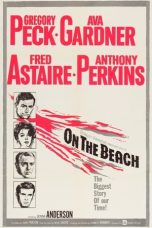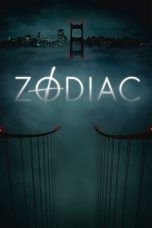- Source: David Shoenberg
David Shoenberg (4 January 1911 – 10 March 2004) was a British physicist who worked in condensed matter physics. Shoenberg is known for having developed experimental and theoretical principles to study the De Haas–Van Alphen effect to characterize the electrical conduction of metals.
Biography
David Shoenberg was the fourth of five children of Sir Isaac Shoenberg, engineer and pioneer of radio and television, and Esther (née Aisenstein). He was born in St. Petersburg, but came to England with the family when he was three. He attended Latymer Upper School, from where he won a scholarship to Trinity College, Cambridge and went up in October 1929. He had intended to study mathematics, but after one year he switched to physics, gaining a First in Part II in 1932. This ensured that he could continue as a research student, working on low-temperature physics in the newly-built Mond Laboratory, and supervised by Peter Kapitza, FRS.
In August 1934 Kapitza went to a conference in Moscow, and to visit his parents, but was not permitted to leave. He left Shoenberg more or less on his own. When the half-built helium liquefier was finished, Shoenberg chose the two topics which lasted him to the end of his active life, superconductivity and the De Haas-Van Alphen effect (dHvA).
Back in Moscow a new Laboratory had been built for Kapitza, to which Shoenberg was invited in 1937. He spent a year there, continuing work on, and making considerable advances in the understanding of dHvA.
During the World War II Shoenberg worked on mine-detection and delayed-action fuses (for which he was appointed MBE in 1944).
For most of his career Schoenberg made the dHvA effect into a powerful tool for understanding the behaviour of conduction electrons in metals. A tribute to Shoenberg’s work and contributions was published by V M Pudalov of the Lebedev Physical Institute in 2011.
= Family
=In Cambridge, in March 1940, David Shoenberg married Catherine (Kate) Félicité Fischmann, who was some five years older. Her ancestry was Russian but she was born a Belgian, and had taken British nationality before her marriage. She was a physiology graduate of University College London and worked in Cambridge on tissue culture, at the Strangeways Research Laboratory and elsewhere. The Shoenbergs had two daughters, Ann and Jane, and a son Peter.
Kate died in Cambridge in 2003, age 97. David died in Addenbrooke's Hospital on 10 March 2004, following a stroke, and was cremated in Cambridge on the 18th .
Appointments and awards
1944 MBE
1944-1952 University Lecturer in Physics, Cambridge University
1947-1973 Head of the Royal Society Mond Laboratory
1947-1973 Corporate Official Fellow, Gonville and Caius College, Cambridge
1952-1973 Reader in Physics
1953 FRS
1964 Fritz London Memorial Prize
1973-1978 Professor of Physics (Emeritus)
1973-1978 Head of the Low Temperature Physics Group, Cavendish Laboratory
1973-2004 Life Fellow
1982 International Honorary Member of the American Academy of Arts & Sciences
1995 Hughes Medal
References
Kata Kunci Pencarian:
- Pyotr Leonidovich Kapitsa
- David Shoenberg
- Shoenberg
- Pyotr Kapitsa
- Isaac Shoenberg
- David May (merchant)
- Brian Josephson
- List of nominees for the Nobel Prize in Physics
- Deaths in March 2004
- Alan Fersht
- Rudolf Peierls
Wheels on Meals (1984)
Cold Meat (2024)
Planet of the Apes (2001)
No More Posts Available.
No more pages to load.












